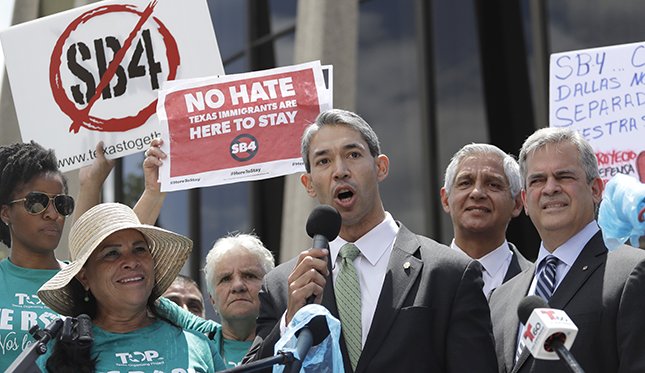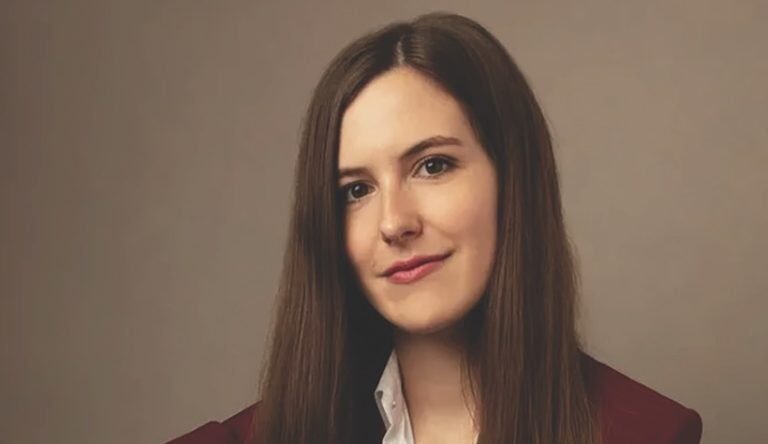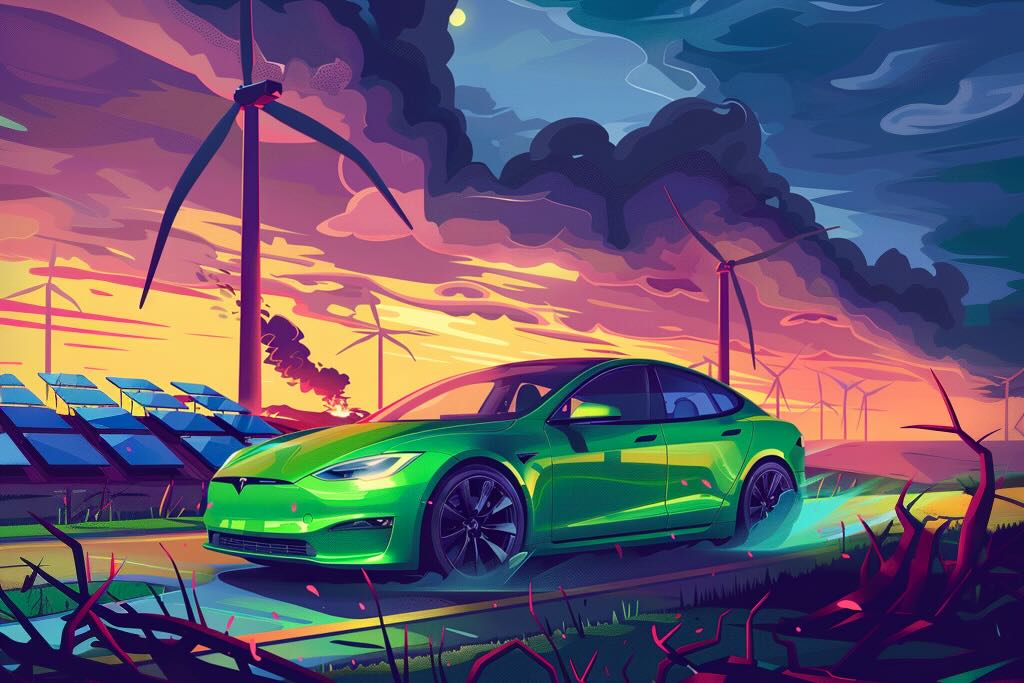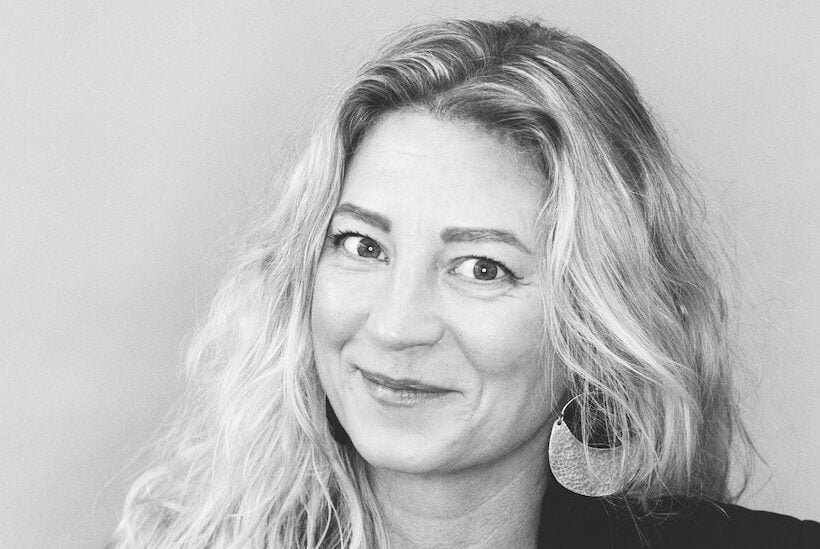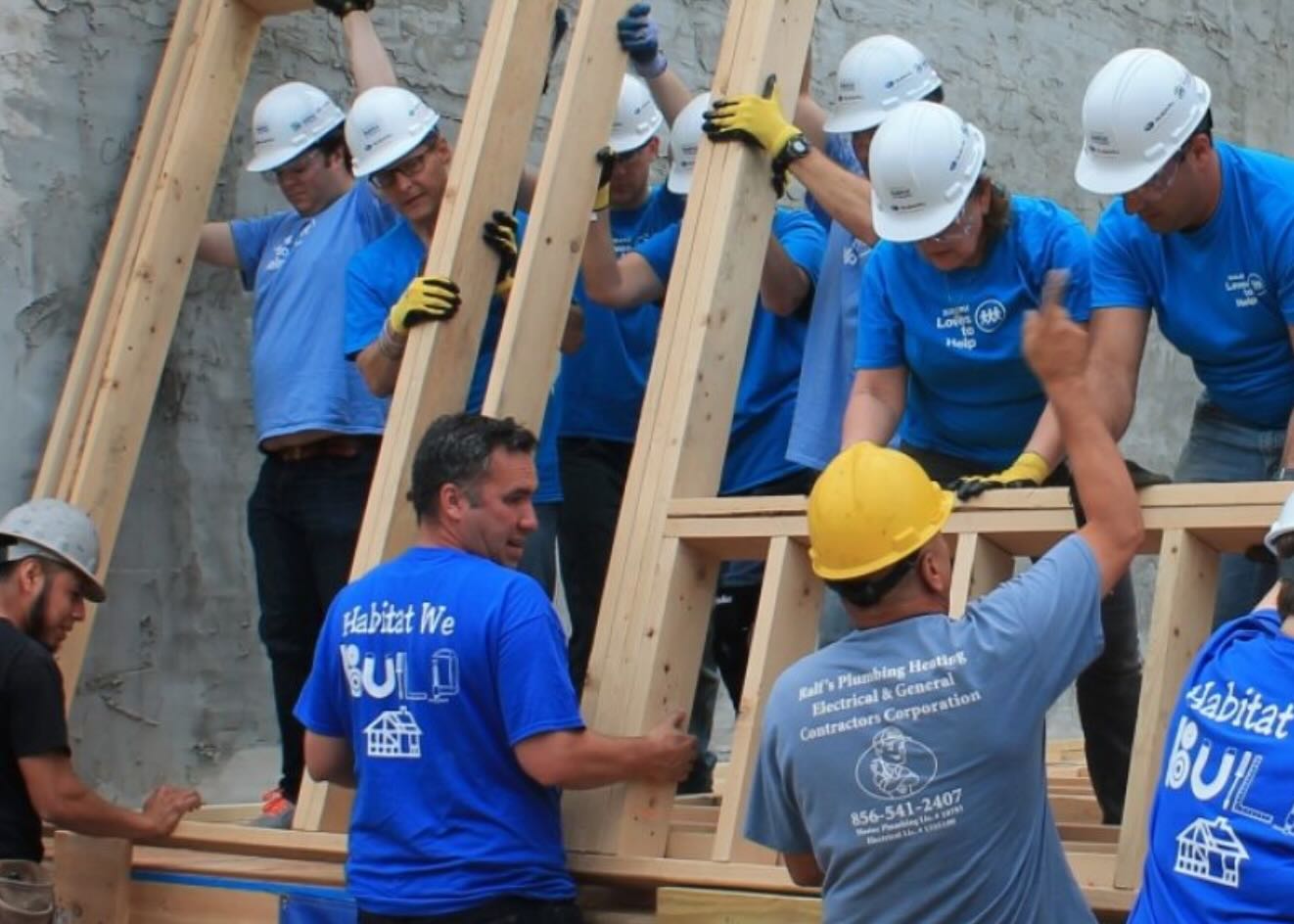Ron Nirenberg has taken an unusual path to becoming the mayor of San Antonio. Born in Boston, Nirenberg grew up in Austin, Texas, then attended Trinity University in San Antonio. He earned a master’s degree in communication from the University of Pennsylvania, then worked at the school’s Annenberg Public Policy Center, conducting research on urban issues, from 2001 to 2009. A longtime weightlifter—inspired, in part, by watching the television show American Gladiators—he also worked as a personal trainer. Nirenberg returned to San Antonio in 2007 and launched a media and market research firm called ColectivaMente Consulting. In 2013, he ran for and was elected to the San Antonio city council, where he focused on issues such as transportation, housing and infrastructure. He was elected mayor in June 2017, defeating incumbent Ivy Taylor, an African American woman in a majority Latino city with a population of about 1.5 million. Taylor was widely considered to represent a check on San Antonio’s growth and activist urban government; her best-known acts as mayor may have been derailing a proposed streetcar system and refusing to update the city’s non-discrimination policy to include the LGBTQ community.
Since his election, Nirenberg has pursued a vision of progressive city government and ambitious but managed growth for San Antonio, working to raise the city’s profile not just in Texas, where the competition includes Austin, Dallas and Houston, but around the world.

Worth: You won a race in a city where an incumbent mayor hadn’t been beaten for decades…
Ron Nirenberg: An incumbent hadn’t been defeated for mayor in 25 years.
How’d you do that?
I think simply that I had a more progressive and aggressive vision for the future of San Antonio.
Progressive and aggressive? Can you define that?
We have all the tools, the resources, the human capital available in San Antonio to make it a premier city in the world. The difference-making that needs to occur for us to realize that potential happens in leadership positions in business and civic arenas, and in government.
I was inspired to public service because I love the city I chose to live in and raise my family in, and I really felt there was no choice [but to run]. Because I continued to find myself at loggerheads with the previous administration, the previous mayor, on very necessary choices, difficult choices, that we had to make to move our city forward. I think that’s why I won—because I tapped into the desire that our citizens have to make this a premier city.
How does it get there?
This is a wonderful community. The people are one of a kind. The heritage and the culture and the art here are unique in America. Many people in the previous administration challenged the notion that you can become a premier metropolis in the world and still retain the character of San Antonio. But San Antonio can retain that character and not be afraid of becoming a great international city. We can grow the city and become a tier one city and still maintain that character.

“People who love San Antonio are rightfully concerned that if we just become another booming metropolis we’ll forget who we are.”
What are people afraid of losing, specifically?
The fact that when you walk down the street in San Antonio, people still smile at you and say hello. I went to school in Austin, grew up in Austin, love Austin. But it’s not the same city that I grew up in the 1980s when South by Southwest was still a starter festival. People who love San Antonio are rightfully concerned that if we just become another booming metropolis we’ll forget who we are.
Still, it’s a nice problem to have—you’re really talking about managing growth.
Harnessing growth. To grow our city in an equitable way that enhances our place in our world rather than re-writes it.
Describe to me the San Antonio that is that world class, premier, tier one city. What does that look like and how is it different from today?
We’ve been called “America’s 21st century city” because of our demographics, because of the fact that we are the face of America’s future. Twenty, 30 years from now, American cities—demographically, culturally—will look a lot like San Antonio.
What else?
We’re innovating in education, at the same time our federal and state government are backing away from that. We are holistically approaching transportation reform, so that we can position ourselves to capitalize on new technology and build comprehensive transportation right the first time, while incorporating green space and clean energy.
What does that mean for you? Light rail, buses?
All of the above. This is a big city, a sprawling city. There’s lots of opportunity for development, and we’ve had challenges moving people around because it’s starting to get congested in areas. We have been digging into the data of how people move in the city to identify where people’s points A and points B are in terms of ground transportation. We’re using that data to build a mode-agnostic, comprehensive transportation vision.
At the same time we’re consulting with experts about what the technology and the future of transportation will be. And we’re going to marry those two and bring a comprehensive transportation reform measure to people’s ballots, hopefully within the next year and a half.
So transportation is a big part of your vision. What about economic development?
The San Antonio pitch for me is that if you’re a business looking to invest, if you’re a resident who’s looking to invest in a city, and seeking a five-year return, we’re probably not the city for you. But if you’re looking into investing in a city to give you the very best return on your dollars 20 and 30 years from now, this is your place.
That’s an unusual pitch. What’s the future payoff?
We’re doing things in the areas now that many cities aren’t realizing will be a challenge for another couple of decades.
Such as?
I mentioned education. We have a San Antonio pre-K program that has become a model nationwide.
I mentioned transportation. We’re expanding our airport.
We are one of the few cities, at least in this part of the country perhaps, that can say to a resident or a business asking if we’ll have water in 50 years—yes, we will.
We have the largest municipally owned energy utility in the country, and we can direct ourselves through public policy to be innovative in resilience and sustainability. To keep rates affordable, but also make sure that we are a strong energy community.
We have an extraordinary, growing sector in cybersecurity through the military presence here, but also private sector. Military, medical, our biosciences are growing industries that have some of the best research talent moving to San Antonio.
My impression is that folks here get along pretty well, that there’s a culture of diversity and inclusion.
That’s baked into our DNA. We buck the trend of what some people think about state politics. The sort of isolationist politics that you find in Washington, D.C., and Austin, that’s not who we are.
What’s it like being the mayor of a blue city in a red state and with President Donald Trump?
It’s never a dull moment. But I’m independent—I don’t affiliate with parties.
But you’re a progressive mayor?
Oh, yeah, and I don’t make that a secret.
“We’re a welcoming city. We’re an international city. We’re a city that embraces our neighbors.”
And this is a sanctuary city.
Well, if someone would bother to define what a sanctuary city is…. We follow the law, but we also don’t tell our local law enforcement that they’re going to enforce immigration law, it’s not their jobs or jurisdiction. Frankly, we can use the resources for better purposes. We’re a welcoming city. We’re an international city. We’re a city that embraces our neighbors.
That can be a challenge under this president.
He makes the job more entertaining and, unfortunately, more difficult. Which makes the job of a mayor that much more important.
Across the country, while Congress isn’t doing a lot, and often state houses are doing things that make life more challenging for cities, mayors seem to be the people who are actually getting stuff done.
Yeah, and there’s no difference in our state house. Unfortunately, the last bastion of backward thinking now seems to be in state legislatures. So the mayors have stepped up to work together to ensure that, despite the fact that these folks have forgotten, we all serve the same constituents. We are their voices.
This interview is part of Worth’s Destinations 2018 project, a year-long series of conversations with mayors, investors, policymakers and other contributors to the lives of American cities.

